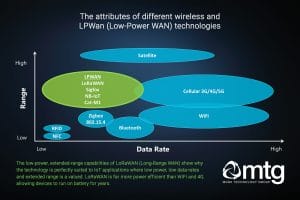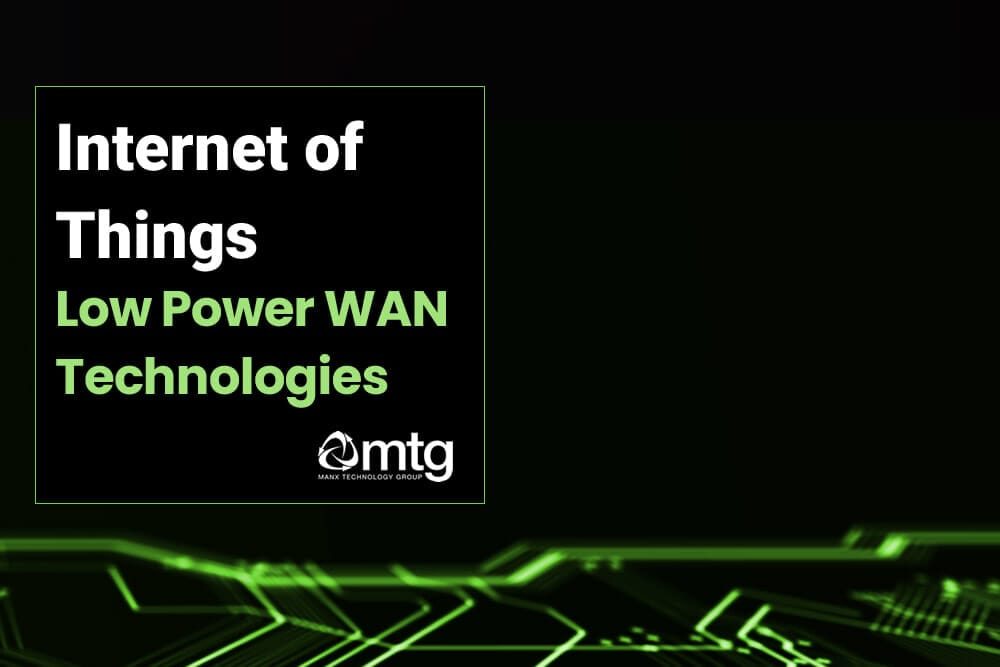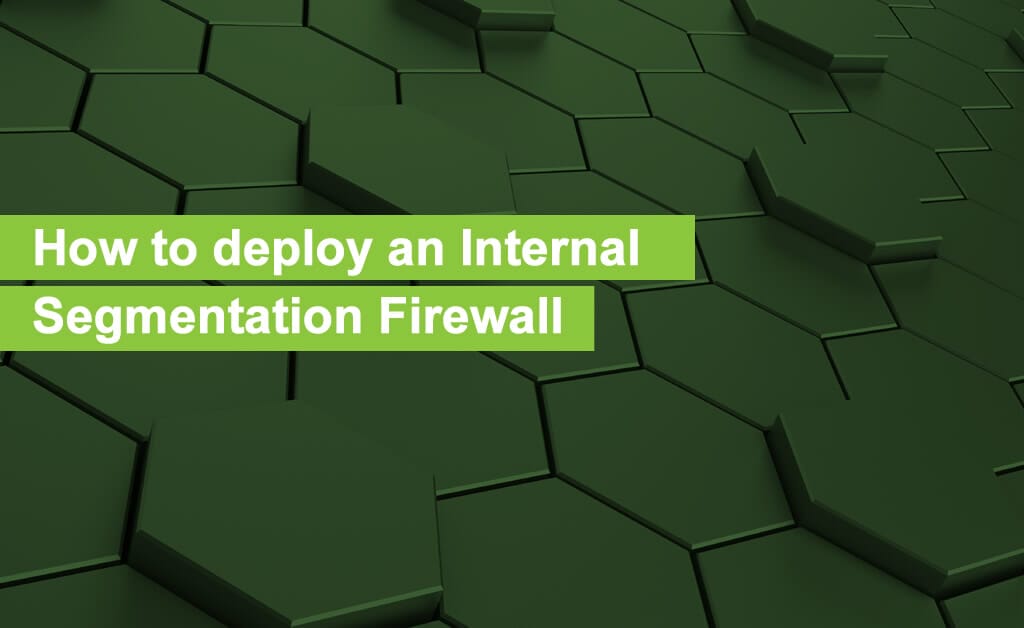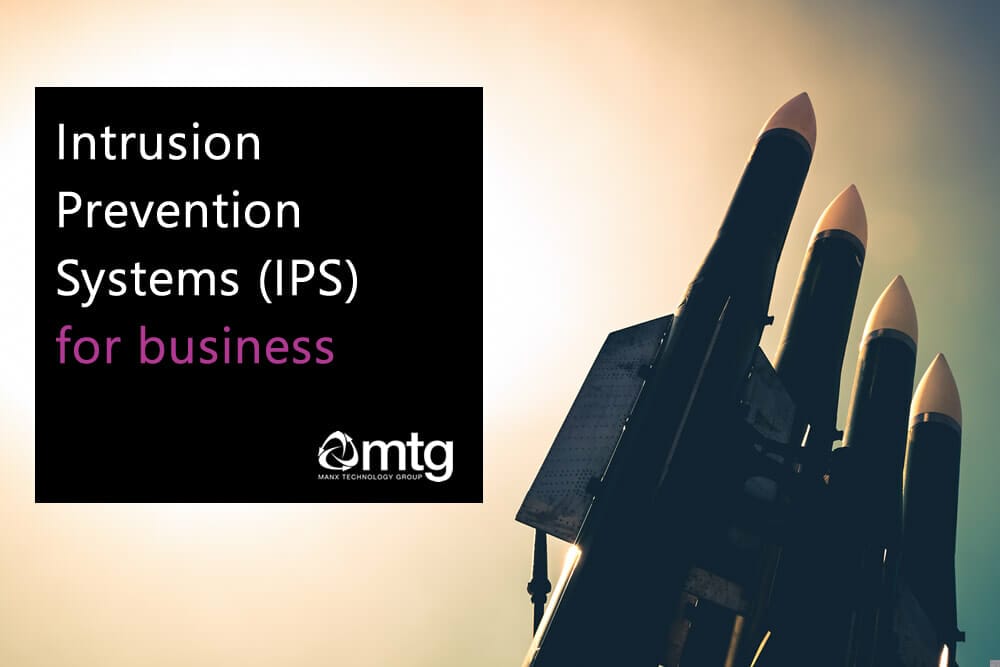An LPWan (Low Power Wide Area Network) is a type of wireless network , well suited for IoT and sensors, where low-power, long-range data communications is a requirement. Typically LPWan technologies have data-rates of less than 100Kbps so are not comparable to broadband, but are well suited to data transmission from IoT sensors.
The primary attributes that distinguish an LPWan from other network technologies include:
- Long Range. The specialist technology and PHY stack of LPWans mean its range can extend from 1KM up to 10-15KM in outdoor settings. The penetration of LoRaWAN and similar technologies that employ 868MHz can also be greater than technologies such as WiFi and Zigbee.
- Low Power. LPWan technologies and chipsets are optimised for low power use, making them ideal for IoT and sensor applications where mains power may not be an option. LoRaWAN enables devices will happily run on batteries, sometimes combined with renewables such as solar.
- Low Cost. The optimised almost simplified nature of LPWan technologies reduces their overall component cost. Not only are the communications modules in the sensors relatively inexpensive, but the cost of deployment LPWan networks is also significantly reduced, particularly when compared to 4G/5G networks.

There are several different LPWan technologies, but the most common tend to include:
- LoRaWAN (Long-Range WAN) is an LPWan that uses LoRa technology and provides high-range, low-power and secure IoT communications.
- Sigfox is similar in some respects to LoRaWAN but is a technology developed by the French global network operator Sigfox.
- NarrowBand IoT (NB-IoT) is a cellular technology focused on low-cost, low-power and high-density deployments.
- Zigbee/XBee/802.15.4 – common with home IoT applications with but variants designed for extended range and outdoor use.
- Wi-SUN/802.15.4G – similar to 802.15.4 but with a modified PHY layer designed for utilities and smart metering.
Alongside these LPWan technologies, some IoT applications may use:
- WiFi. The use of WiFi is still a reasonable option where there is a power source, WiFi network and your application is well suited to an IP-enabled environment. Despite the availability of LPWan technologies in Libelium and other IoT solutions, we may opt for WiFi in some scenarios.
- 3G/4G. You can use more common cellular/mobile data technologies for your IoT project but, unlike their LPWan counterparts, 3G/4G is more power-hungry than LoRaWAN (i.e. x10). With 3G/4G cards, often the setup time takes longer (i.e. to associate with the network), and the configuration and dependencies are more complex.
- Zigbee/XBee while not strictly an LPWan technology is something commonly used in IoT solutions. The technologies can also use mesh technology to extend their effective range and enhance their resilience.
Which Low Power WAN technology should I use for my project?
When considering the most appropriate wireless technology for your IoT project, you should consider the following:
- Power availability. Do you have access to mains power, or will your application be reliant upon battery or solar power?
- Frequency of measurement. How often do you want to take measurements?
- Sensor setup/calibration time. Some IoT sensors take some time to start and calibrate – this needs factoring into your power budget.
- Network availability. What network coverage is available in the location where your IoT solution will be deployed? Some areas may have 3G/4G, but lack LoRaWAN or Sigfox. Many network operators are yet to augment their networks with NB-IoT.
- International markets. Different countries have different regulatory regimes insofar as licensing and spectrum allocation is concerned. These differences may mean you need a different LoRaWAN card for operating in EU than Australia. Depending on the international reach of your solution, this should be a consideration.
- Public or Private deployment. For focused, private deployments – you may opt to deploy your own Low Power WAN or LoRaWAN network. Other scenarios may be more suited to traditional methods such as 3G/4G.
- Hardware support. Check what your sensor platform supports communications methods. Libelium Plug & Sense supports LoRaWAN, Sigfox, WiFi, 3G/4G, NB-IoT and Zigbee – but other platforms may not have this flexibility.
Can I calculate IoT power usage?
Yes – but you need to be able to understand:
- IoT chipset power consumption.
- Communications card power consumption.
- Communications setup, transmission and shutdown timings.
- Sensor power consumption.
- Sensor startup, calibration, measurement and shutdown timings.
- Battery size/capacity.
- Frequency of measurement.
- Measurement result size.
- Is solar or renewable power an option?
Only when you have answers to these questions is it possible to estimate the power usage and thus battery lifetime.
More information
If you would like to learn more about Internet of Things (IoT) technologies, Low Power WAN options, or if you require assistance with your IoT project, please speak to our solutions team. They can be reached by e-mailing sales@mtg.im, calling +44 1624 777837 or selecting ‘Request a Quote’ from our website.




